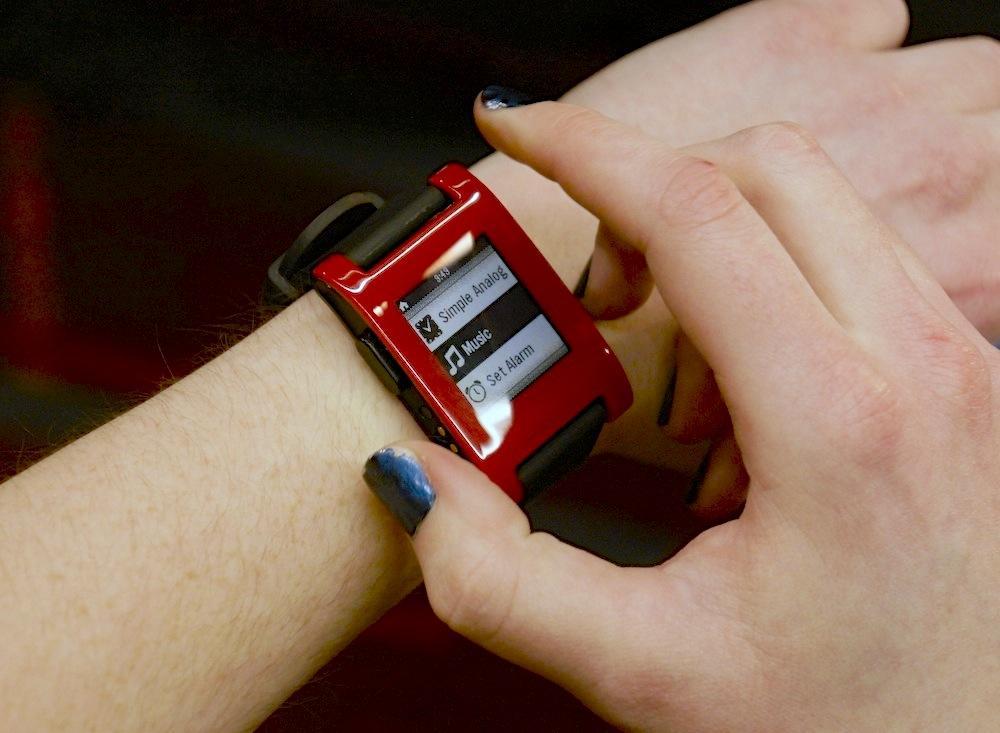
The largest tech show of the year is behind us and, well, there's a lot to say about everything that was there. On the mobile side, everything was mostly serene. There were very few surprises and even fewer mobile devices that left us salivating. But there were plenty of cool, new and exciting gadgets on the show floor, even if they all didn't pertain to the mobile realm.
Speaking specifically to mobile hardware, the only truly new mobile device at the show was the 6.1-inch Huawei Ascend Mate, which I have rightfully nicknamed Gigantor. It makes the Samsung Galaxy Note II look markedly tiny, and it is possibly the most unwieldy smartphone I have ever held to date.
The Huawei Ascend D2, Sony Xperia Z, Xperia ZL and ZTE Grand S are essentially slight modifications to a device HTC made months ago, the J Butterfly or DROID DNA.
As this year's CES would have us believe, 1080p is the big thing in 2013. Last year was 720p displays, LTE connectivity and dual-core chipsets. This year, it seems as if every manufacturer is afraid to deviate too far from the trampled path. ZTE, Huawei, Sony and HTC all have chosen Sharp's crystal clear 1080p S-LCD3 display panel, Qualcomm's quad-core Snapdragon S4 chipset and a standard 2GB RAM. The only varying specs between the few high-end smartphones already announced in 2013 are: built-in storage (and microSD card slots), battery capacity, camera sensors and, of course, mostly minor design differences (button placement, color, build materials, etc).
In other words, hardware is converging – which should come as no surprise – and software is swiftly becoming every Android manufacturers' key differentiation. From the perspective of an Android purist, this convergence is, more or less, a thorn in my side. Through the eyes of an average consumer, choosing a single device becomes much easier when they all practically share the same specifications. Pick the software that most appeals to you and suits your needs. Save for the storage and battery discrepancies, choosing between the five CES flagship smartphones and the DROID DNA is literally that simple.
But it also makes for a rather unexciting start to the year. Most don't understand the need or have a desire for a 5-inch 1080p display. I, for one, find Sharp's S-LCD3 display to be absolutely gorgeous. But without battery technology that lasts days and at least a standard of 64GB of flash storage, a display with 443 pixels per inch is unnecessary. (Lest we forget this is coming straight from the fingertips of a die-hard pixel junkie.)
This year, the trade show floor was littered with the same mess as last year. That's not necessarily a bad thing. But it brought very little exciting news for us mobile nerds. The two largest Android manufacturers here in the States – Samsung and HTC – had little to no mobile presence at the show. There were no truly innovative devices, add-ons, cases or accessories, only improvements to last year's models.
Out of the 3,000 or so exhibitors, there were only two up-and-coming demonstrations that truly piqued my interests, and we knew exactly what they were heading into the event: Pebble and Ubuntu Phone OS.
I sat in on the Pebble press event, hopeful that they would be handing out units to attendees. No cigar. But I'm a backer of Pebble, which is the most successful Kickstarter project to date. I've been waiting on a smartwatch since the days of the Allerta inPulse smartwatch (which was actually made by the same people), and Pebble has been delayed four months now. I couldn't be more ready to get my hands on it. The i'm Watch was there. I saw it, held it, felt it and wasn't impressed. Martian Watch was also there. Not interested.
But Pebble. Pebble is a different story. The hands-on demos worked flawlessly. Eric Migicovsky, Pebble CEO, may have come off a tad nervous, but he displayed exactly what everyone wanted to see and answered the questions all backers wanted to know. Backers' units will begin shipping on the 23rd of this month! And it has IFTTT support! (I'm a huge fan of IFTTT.)
I swooned in my seat, and I should have my Pebble by the end of this month (or beginning of next month).
And Canonical was also at CES, demonstrating Ubuntu Phone OS. Unfortunately, they had little more to share than they did a few weeks ago when the mobile OS was first announced; otherwise, I would have shot a video or two. I didn't manage to get my hands on a unit and play with it myself. But the OS looks gorgeous and I can't wait for the first Ubuntu phone, even if the platform fails to gain traction in the mainstream consumer market.
Other than those two bits, two things that were no secret heading into the show, CES was a fairly uneventful show for us mobile fiends. And I expect this trend to continue over the next couple years. Mobile manufacturers are learning how much more attention they can grab if they announce a device on their own accord, versus finding themselves at the bottom of an enormous pile-on.
The highlight of the show for me, however, was shaking T-Mobile CEO John Legere's hand and hearing him say, "Oh, yes! PhoneDog." I also mentioned TmoNews to him, to which he responded, "Hey, tell David to stop stealing our charts!" The T-Mobile press event was hilarious, as was Legere. T-Mobile has big plans in 2013. And it looks like I might be switching back to Magenta sometime this year.
For me, the mobile winners of CES 2013 were Pebble and Ubuntu Phone OS. What say you? What stole the show for you? NVIDIA's Project Shield? The Tegra 4? HDR video capture? Or something totally different? Sound off in the comments below!